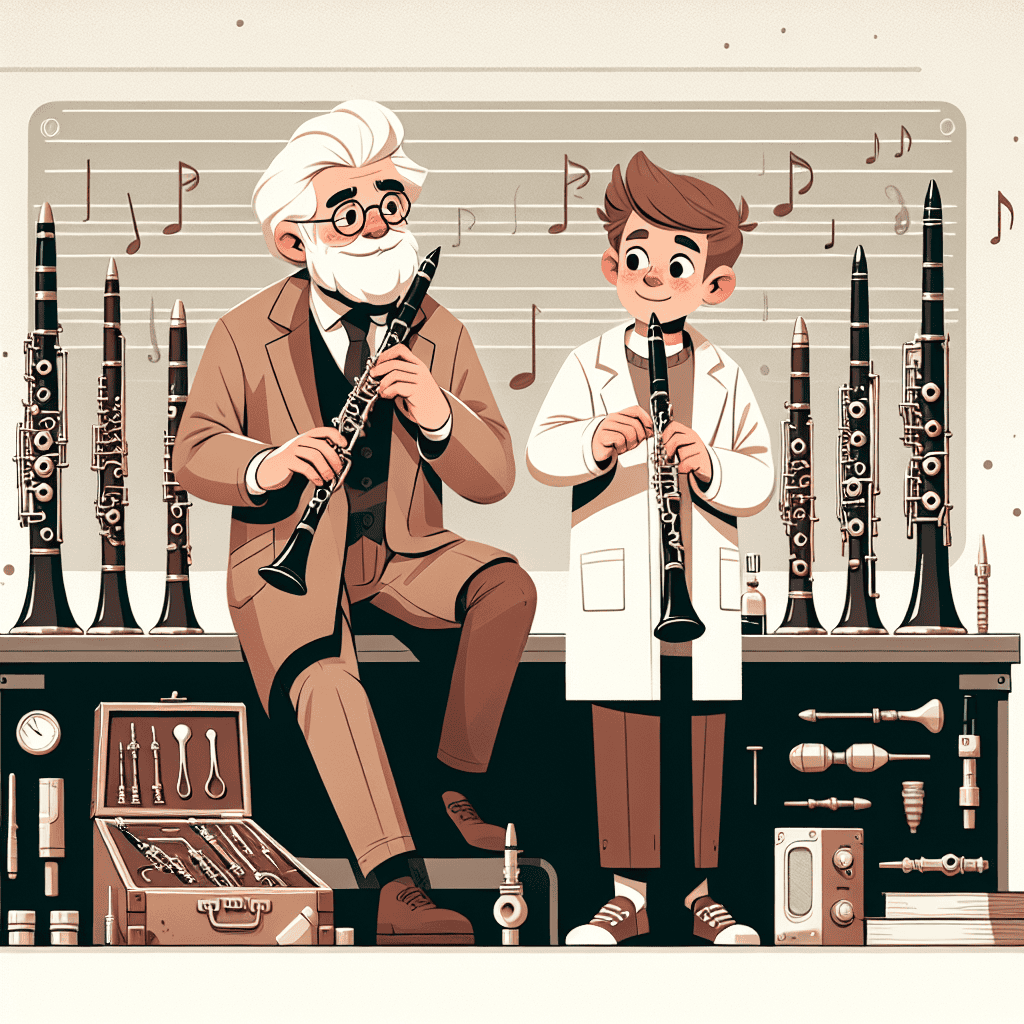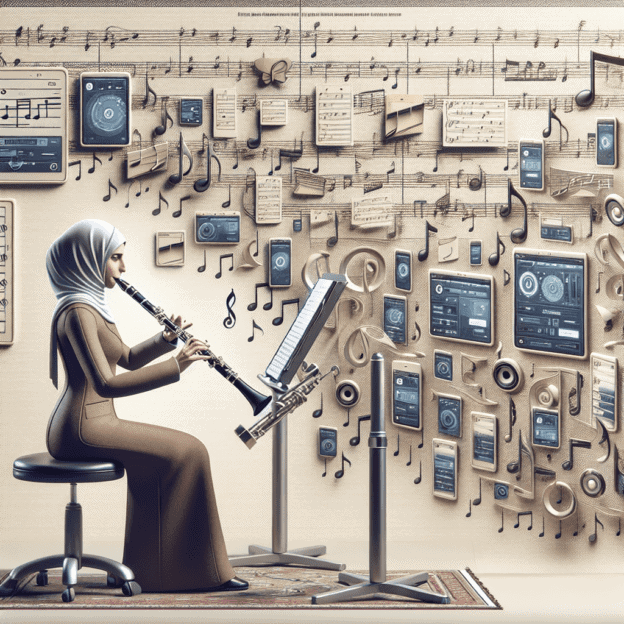In recent years, clarinet music has seen some pretty cool changes! These trends are shaking things up and leaving a lasting mark on both the art and how we document it. Let's explore these exciting clarinet trends and see how they're changing the game for enthusiasts, students, and pros alike.
Embracing Digital Tools for Music Documentation
One of the biggest trends in clarinet music documentation is the use of digital tools. Musicians are turning to apps and software to transcribe, annotate, and share their music. This shift is making it easier to save musical ideas and creating a more collaborative environment among clarinetists worldwide.
- Digital sheet music platforms offer vast libraries of scores from various genres like classical, jazz, and contemporary.
- Interactive features such as playback options and annotations help with learning and interpretation.
- Technology integration is becoming a big part of music education and performance.
| Digital Tool | Features | Benefits |
|---|---|---|
| Sheet Music Apps | Digital libraries, annotations | Easy access, organization |
| Transcription Software | Audio-to-notation conversion | Time-saving, accuracy |
| Collaboration Platforms | Real-time editing, sharing | Enhanced teamwork, global reach |
Innovations in Clarinet Design and Manufacturing
Another standout trend is the innovation in clarinet design and manufacturing. Modern clarinets are being made with advanced materials and techniques that improve playability and sound quality. While traditional wooden clarinets are still popular, there's growing interest in instruments made from composite materials that offer durability and consistent performance.
Brands like Martin Freres are leading the way in this innovation, constantly finding new ways to improve their instruments. The result? A range of clarinets that cater to different playing styles and preferences, ensuring musicians can find the perfect fit. These advancements also mean players can capture and share the unique sounds of their instruments with greater fidelity.
Focus on Historical and Cultural Documentation
There's a renewed interest in documenting the historical and cultural contexts of clarinet music. Musicians and researchers are diving into the rich heritage of the clarinet, uncovering forgotten pieces, and exploring the evolution of playing techniques over the centuries. This trend is enriching our understanding of the instrument's history and inspiring contemporary compositions that draw on traditional influences.
Documenting this historical knowledge is key to preserving the clarinet's legacy and ensuring future generations can appreciate its cultural significance. Projects that digitize and archive old recordings, manuscripts, and interviews are playing a vital role in this effort. These efforts are making it possible for clarinet enthusiasts to access rare and valuable resources that were previously hard to find.
The Rise of Online Learning and Virtual Communities
The past few years have seen a huge increase in online learning opportunities for clarinetists. Whether through virtual masterclasses, webinars, or online courses, musicians now have more ways than ever to hone their skills and connect with experts from around the globe. This shift towards online education has also influenced how clarinet music is documented and shared.
Virtual communities of clarinet players are thriving on social media platforms and dedicated forums. These communities provide a space for musicians to share recordings, seek advice, and collaborate on projects. The wealth of information and support available online is helping clarinetists at all levels improve their playing and gain new insights into the instrument.
Exploring New Genres and Fusion Music
Clarinetists are increasingly venturing into new musical territories, experimenting with genres and fusion music that blend traditional clarinet sounds with modern influences. This trend is leading to the creation of innovative compositions that push the boundaries of what the clarinet can do.
Documenting these explorations is essential for capturing the dynamic and evolving nature of clarinet music. Musicians are using various media, from high-quality audio recordings to video performances, to showcase their work. This documentation not only serves as a record of artistic expression but also as a source of inspiration for other players.
Environmental Considerations in Clarinet Manufacturing
As awareness of environmental issues grows, there's a notable shift towards sustainable practices in clarinet manufacturing. Brands like Martin Freres are exploring eco-friendly materials and production methods to reduce their environmental impact. This trend is influencing both the design of the instruments and the way they are documented.
Musicians and manufacturers alike are increasingly documenting their efforts to promote sustainability, sharing information about the materials used and the steps taken to minimize waste. This transparency is helping to raise awareness about the importance of environmental responsibility in the music industry.
The Impact of Social Media on Clarinet Music
Social media platforms have become powerful tools for documenting and promoting clarinet music. Musicians are using these platforms to share their performances, engage with audiences, and build their personal brands. This trend is democratizing access to music, allowing talented clarinetists to reach a global audience without the need for traditional gatekeepers.
By documenting their musical journeys on social media, clarinetists are creating a rich tapestry of content that reflects their growth and achievements. This content not only serves as a valuable resource for other musicians but also helps to keep the clarinet community vibrant and connected.
In conclusion, the trends in clarinet music documentation are shaping the future of the instrument in exciting ways. From digital tools and online learning to sustainable manufacturing and social media, these developments are enhancing how we create, share, and preserve clarinet music. As these trends continue to evolve, they will undoubtedly open up new possibilities for clarinetists around the world.
Table of Contents
- Embracing Digital Tools for Music Documentation
- Innovations in Clarinet Design and Manufacturing
- Focus on Historical and Cultural Documentation
- The Rise of Online Learning and Virtual Communities
- Exploring New Genres and Fusion Music
- Environmental Considerations in Clarinet Manufacturing
- The Impact of Social Media on Clarinet Music







